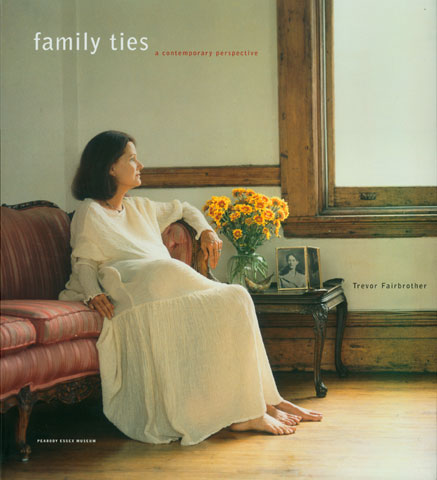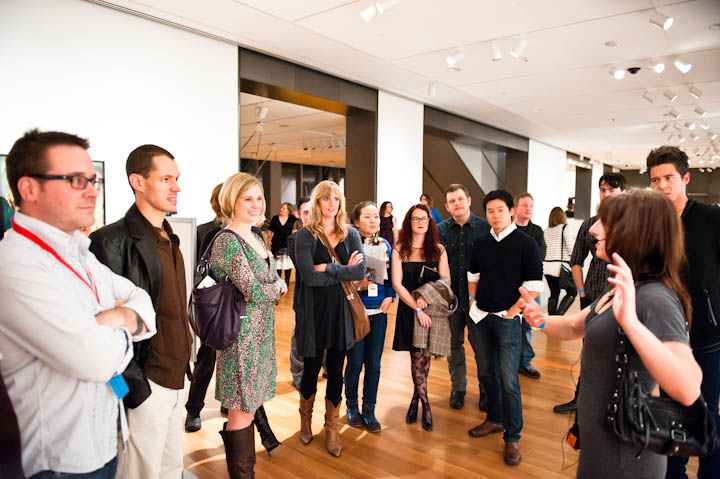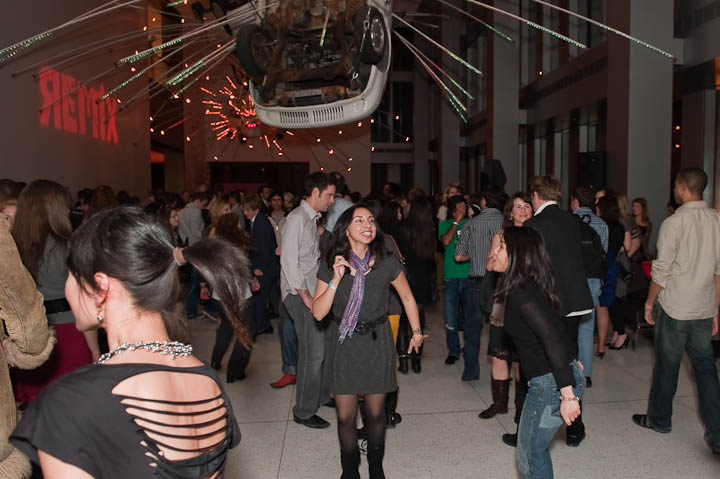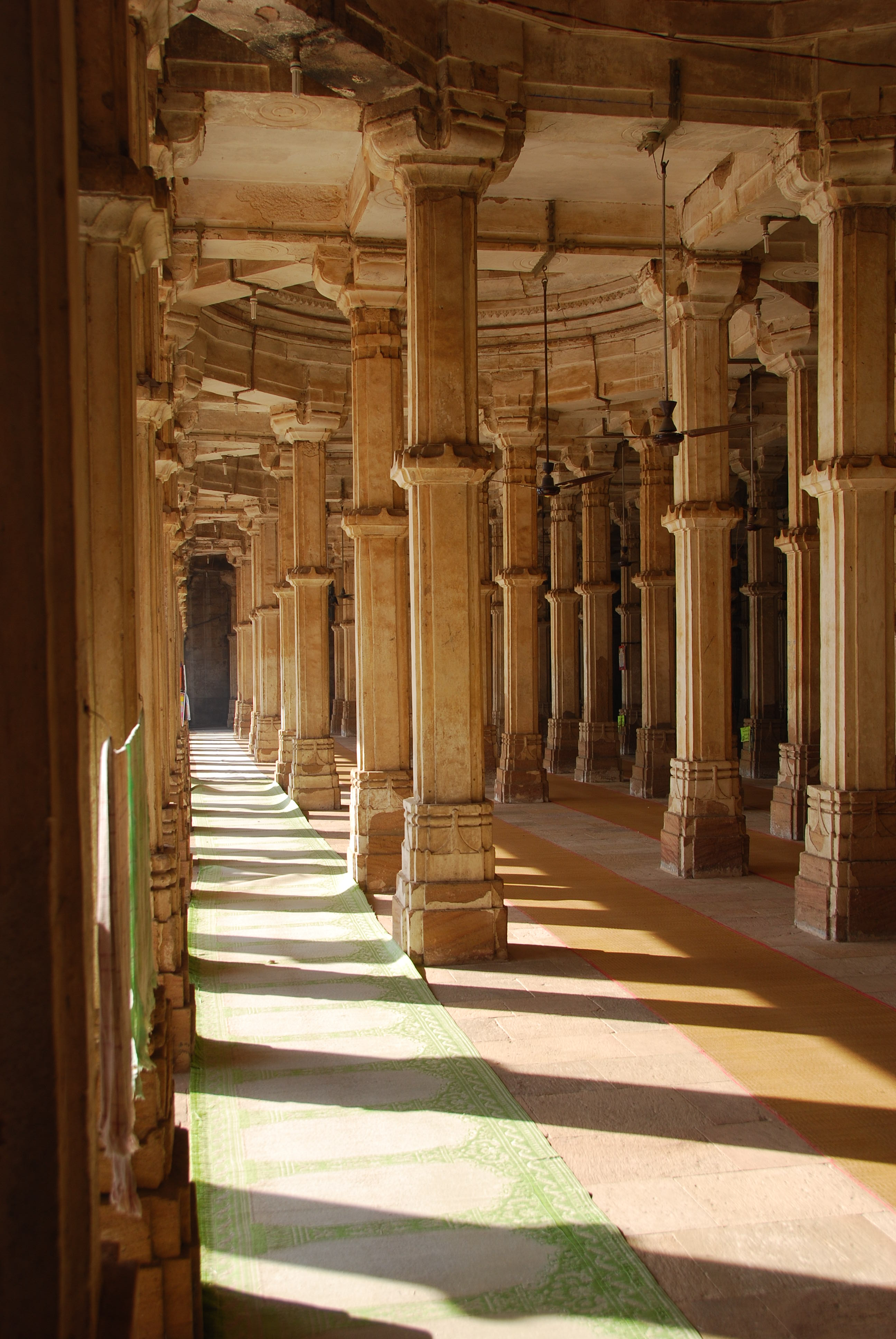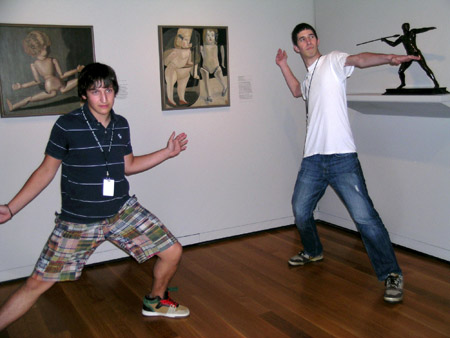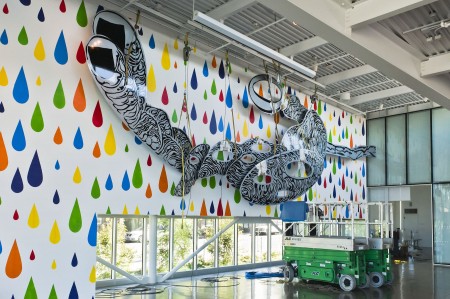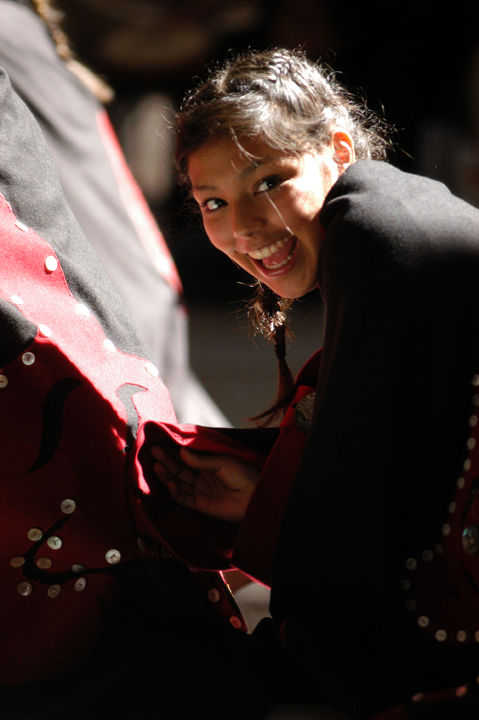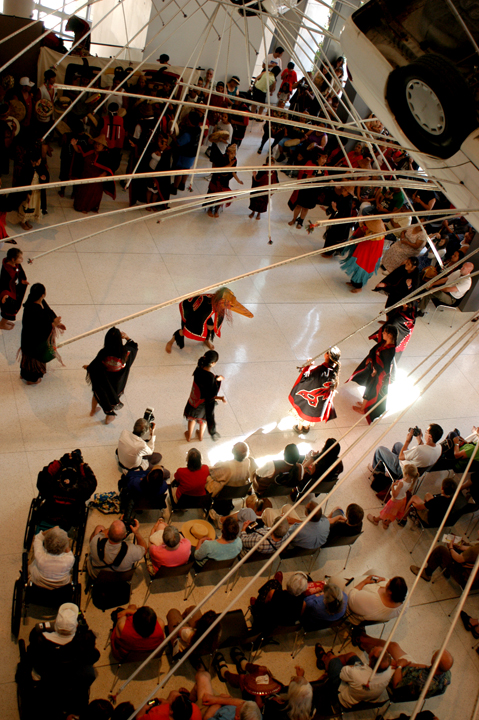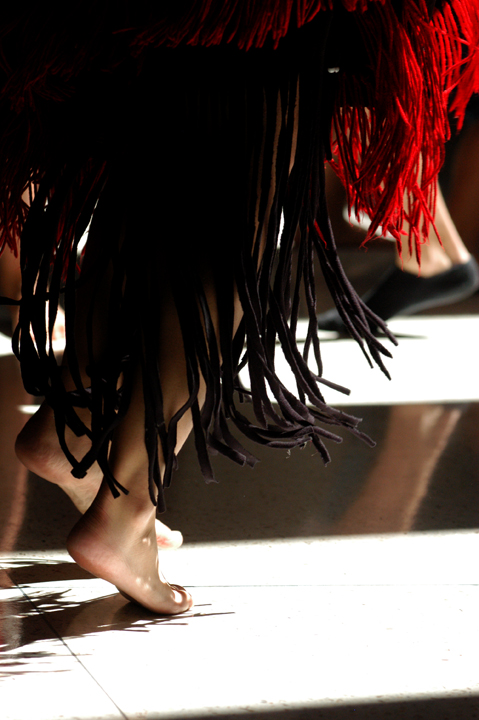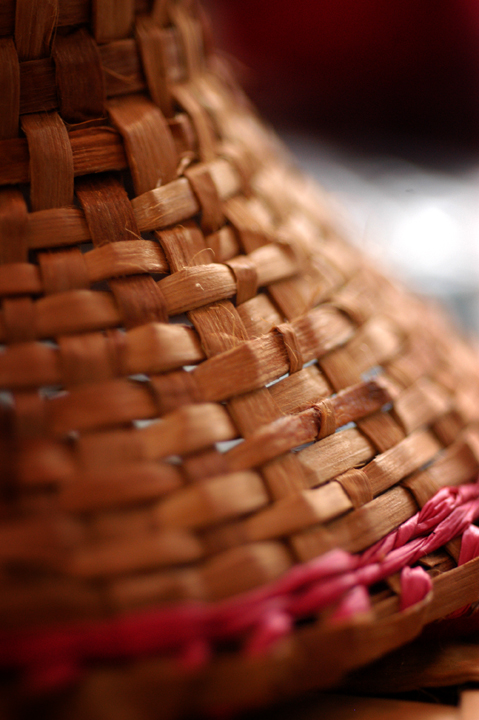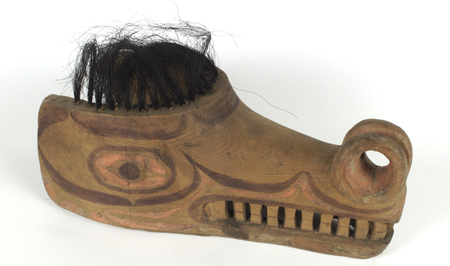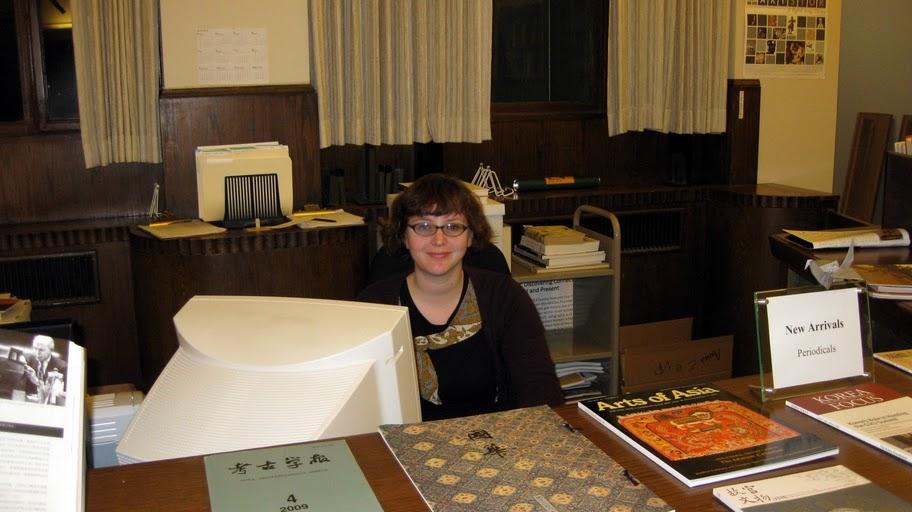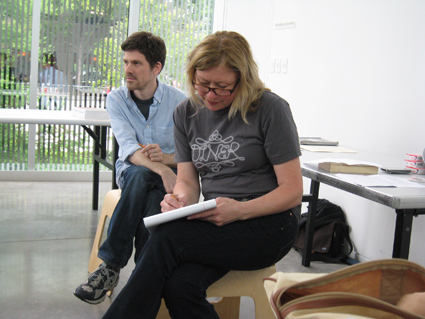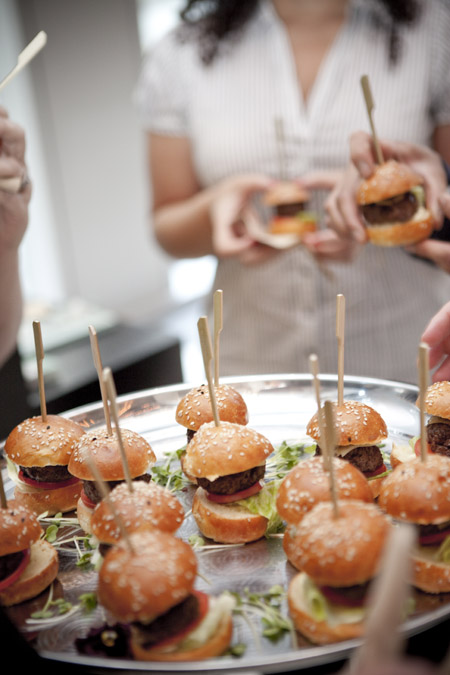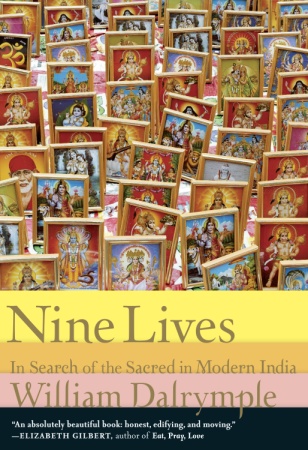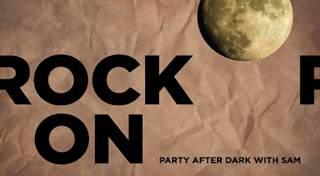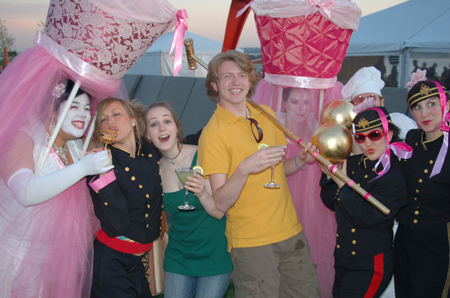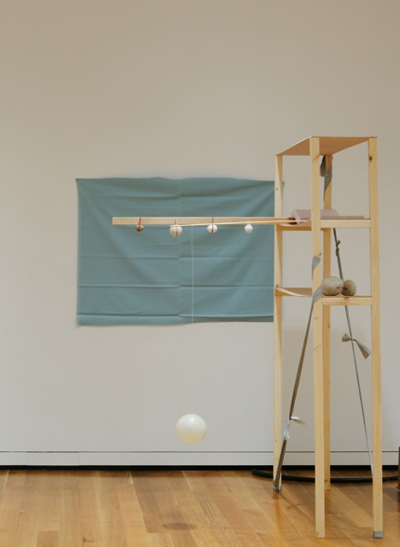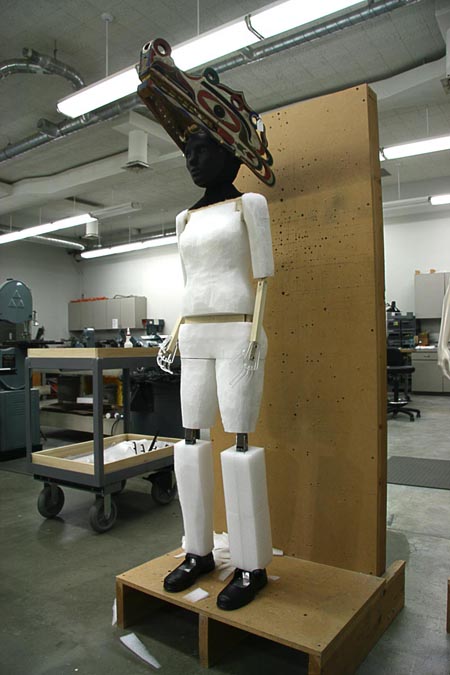An art museum is often fittingly described as “a collection of collectors,” for each is founded on the gifts of magnanimous individuals who loved art and built personal collections that became an invaluable public resource.
The same can be said about library book collections, too—they represent the personal interests of individual readers. This is especially the case with the American art book collection found within the other collections of the Dorothy Stimson Bullitt Library at SAM downtown. The museum’s founding director, Dr. Richard Fuller, took a special interest in building a reference library to enhance public knowledge of the city’s art collection, and his tenure was marked by yearly growth of the book collection in all areas, through purchases, gifts, and exchanges with other libraries. Over the years, the library grew in relationship to the growth of individual curatorial departments, with American art thus little represented, since American art was not actively collected or exhibited at SAM.
Read More
